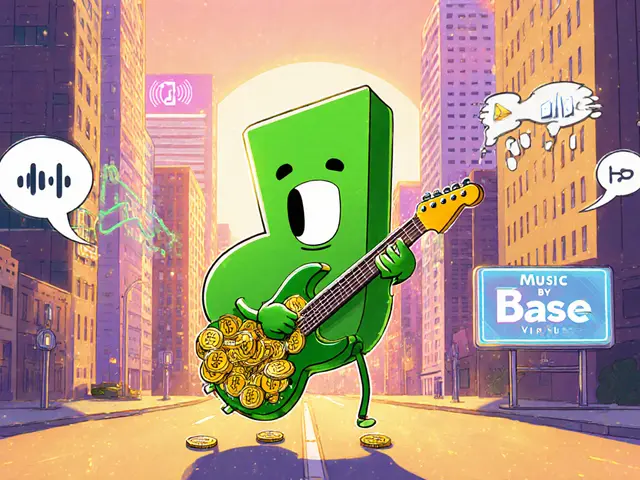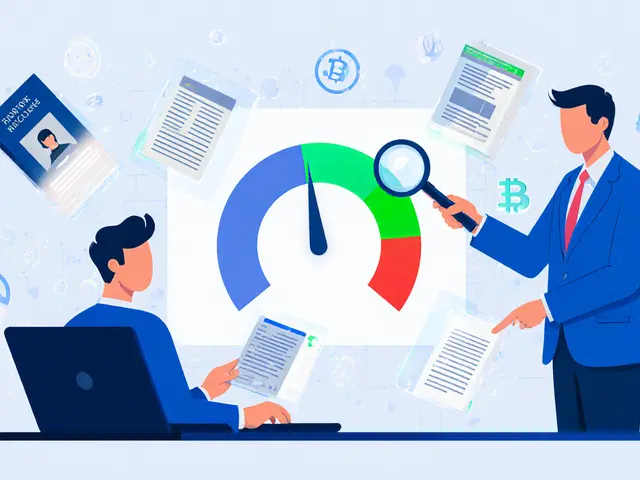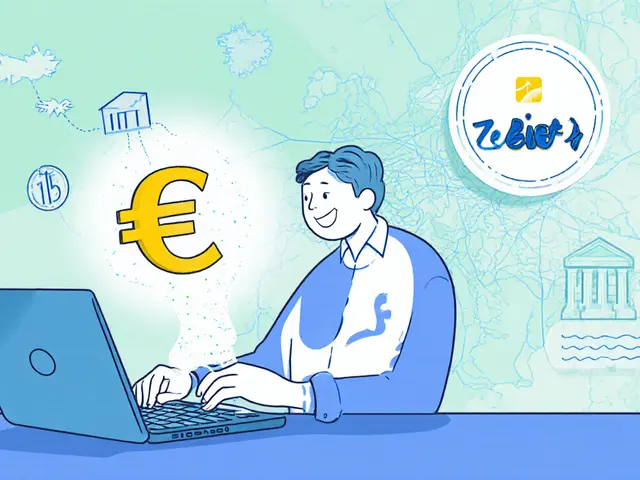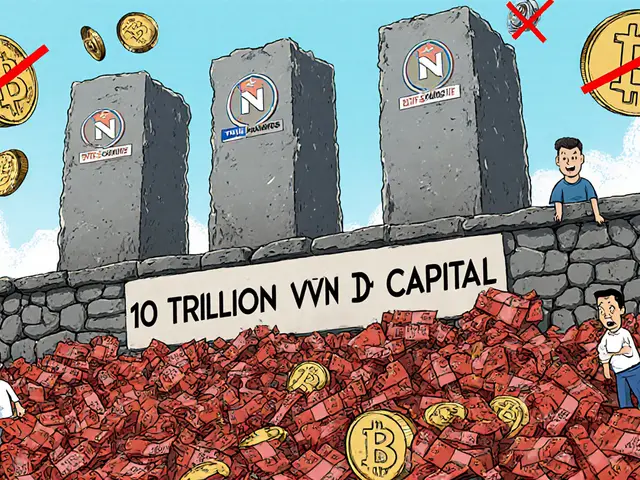Banned Crypto Exchanges: Why They Get Shut Down and Where to Trade Safely
When a banned crypto exchange, a cryptocurrency trading platform that has been legally prohibited from operating due to regulatory violations. Also known as unregulated crypto exchange, it often disappears overnight, leaving users unable to withdraw funds or access their accounts. Why does this happen? It’s not because the platform was too innovative—it’s because it skipped the basics: KYC, AML checks, or proper licensing. Regulators don’t go after exchanges for being too decentralized. They go after them for being reckless. Look at Cryptex and Bexplus—both had no KYC, high leverage, and no clear legal footing. When authorities stepped in, users were left with nothing but forum posts and broken links.
What makes an exchange vulnerable to being banned? It’s usually one of three things: ignoring AML compliance, anti-money laundering rules that require exchanges to verify users and track suspicious transactions, operating in countries with strict crypto bans like Tunisia or India, or failing to meet MiCA compliance, the EU’s comprehensive crypto regulation framework that sets clear standards for exchanges and stablecoins. These aren’t optional checkboxes. They’re legal requirements. Exchanges that treat them as optional don’t last. And when they collapse, it’s not just the company that loses—it’s the traders who trusted them with their money.
It’s not all doom and gloom. The same posts that warn you about banned platforms also show you how to spot the safe ones. You’ll find reviews of exchanges like C3 and BingX that explain how they handle user funds, whether they report to regulators, and if they’ve ever had withdrawal issues. You’ll learn how countries like Canada and the EU enforce rules differently—and why that matters for your wallet. You’ll see how AML tools, transaction monitoring, and the Travel Rule are actually used in real exchanges—not just talked about in whitepapers. And you’ll understand why a platform with no KYC isn’t a feature, it’s a red flag.
If you’re trading on a platform that doesn’t ask for your ID, you’re already gambling—not just with price swings, but with your access to your own assets. The list below includes real-world examples of exchanges that got banned, ones that barely escaped, and others that play by the rules. Each review cuts through the hype and shows you what actually happened. No fluff. No promises. Just facts about who got caught, who got away, and how to stay out of trouble.






